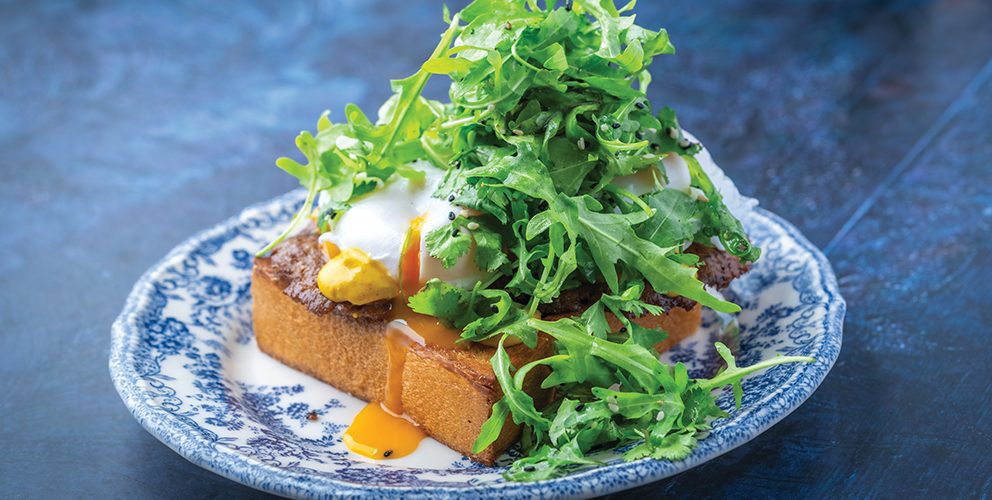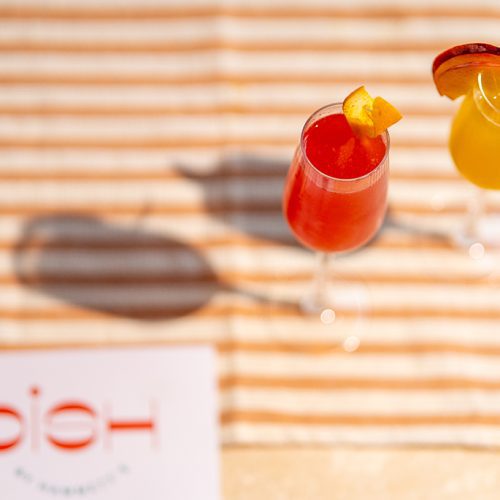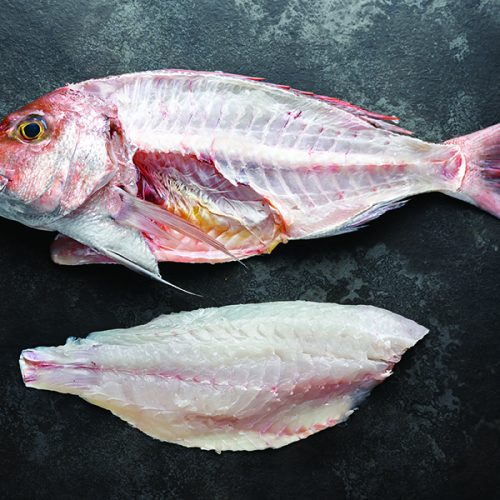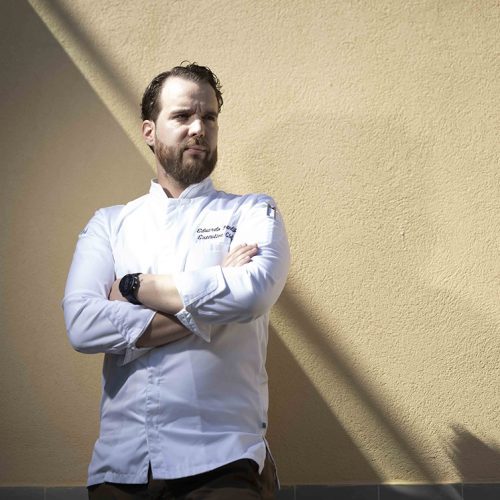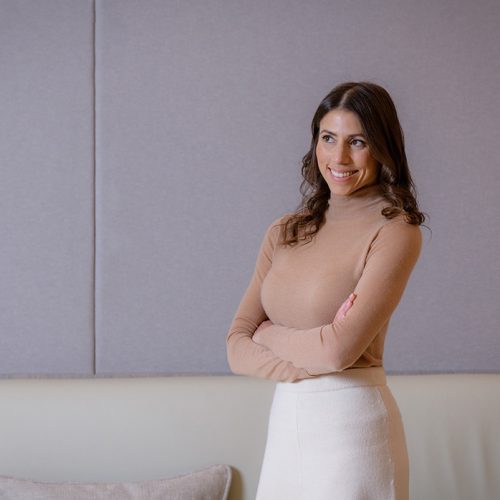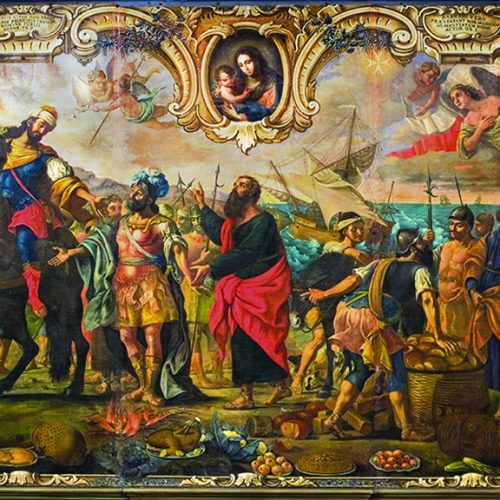Few dishes evoke the spirit of Spain quite like paella. A pan of saffron-scented rice, flecked with vegetables, meats, or seafood, paella is both a culinary delight and a cultural ritual. But behind its golden allure lies a rich story that begins in the fields of Valencia and continues to capture the imaginations—and palates—of food lovers worldwide.
The word paella originally referred to the shallow, wide pan in which the dish is cooked—a vessel designed to maximise surface area, allowing the rice to absorb flavor and form the coveted socarrat, the caramelised layer at the bottom. The dish itself emerged in Valencia around the 19th century, born from necessity and ingenuity. Valencian farm workers, cooking over open fires in the fields, would combine short-grain rice with whatever was at hand: rabbit, chicken, snails, seasonal vegetables, and fragrant saffron. The result was a rustic, hearty meal, perfect for sharing.
As Spain’s culinary tapestry expanded, so did paella’s variations. Along the coast, fishermen transformed it with the bounty of the Mediterranean sea shrimp, mussels, clams, and squid, giving rise to paella de marisco (seafood paella). Today, there’s also paella mixta, a marriage of land and sea, and countless vegetarian versions that celebrate the freshest produce.
Yet paella is more than the sum of its ingredients. It’s a dish intrinsically tied to community as families and friends gather around an outdoor fire or oversized stovetop pan, sipping wine as the rice slowly simmers and the aromas fill the air. When ready, the paella is brought to the table in its pan, as a centerpiece to be admired and enjoyed together.
This sense of ritual and celebration is what elevates paella from a simple rice dish to a symbol of Spanish conviviality. And while modern chefs around the world have embraced creative interpretations, Valencians remain staunch guardians of tradition—insisting that true paella Valenciana adheres to a time-honored list of ingredients and techniques.
Whether enjoyed in a bustling seaside restaurant or lovingly prepared at home, paella is a dish that invites you to slow down, savor each bite, and celebrate life’s simple pleasures. It is, after all, more than food, it is an experience.
Prep/Cook time: 1hr – Serves: 4-6
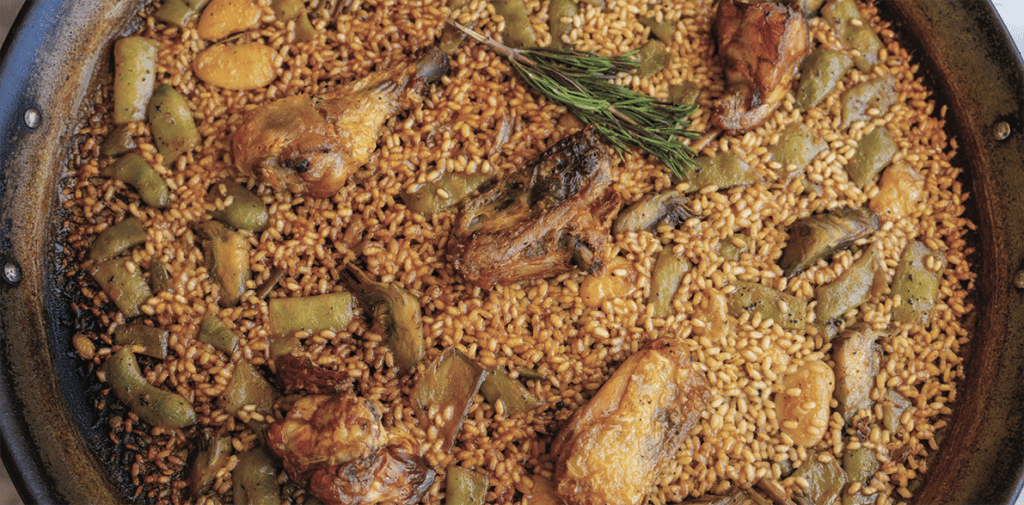
Ingredients:
500g chicken, cut into pieces
300g rabbit, cut into pieces (optional but traditional)
200g green beans (judía verde or flat green beans)
100g garrofón (white butter beans or large lima beans)
2 medium tomatoes, diced
400g (2 cups) short-grain Spanish rice (arroz bomba or Calasparra)
1.2–1.5 liters (5–6 cups) chicken or meat broth
A generous pinch of saffron threads
1 tsp sweet Spanish paprika
Salt, to taste
Fresh rosemary sprig
Extra virgin olive oil
Lemon wedges to garnish
A few snails (optional)
Method:
Heat olive oil in a large paella pan (minimum 40cm/16in for this quantity) over medium-high heat.
Add chicken and rabbit pieces. Salt well. Fry until golden brown on all sides—this step is key for building flavor. Take your time here (about 10–15 minutes).
Add the green beans and garrofón. Sauté for a few minutes until slightly tender. Push the meat and veg to the edges and add the grated tomato to the center. Cook until the tomato reduces and thickens, about 5 minutes.
Sprinkle in the paprika and stir everything together.
Pour in the broth (or water). Add saffron and a little more salt. Taste and adjust seasoning—you want the broth slightly salty since the rice will absorb it. Bring to a boil and simmer for 10 minutes.
Evenly distribute the rice across the pan—do not stir after this point.
Simmer uncovered on medium heat for about 8–10 minutes. Then reduce heat to low and cook another 8–10 minutes. Rotate the pan occasionally for even cooking.
Toward the end, if you want that prized socarrat, increase the heat for 1–2 minutes until you hear a gentle crackling (don’t burn it!).
Remove from heat. Cover loosely with a clean kitchen towel or foil and let rest for 5 minutes. Bring the pan to the table and serve directly from it.



